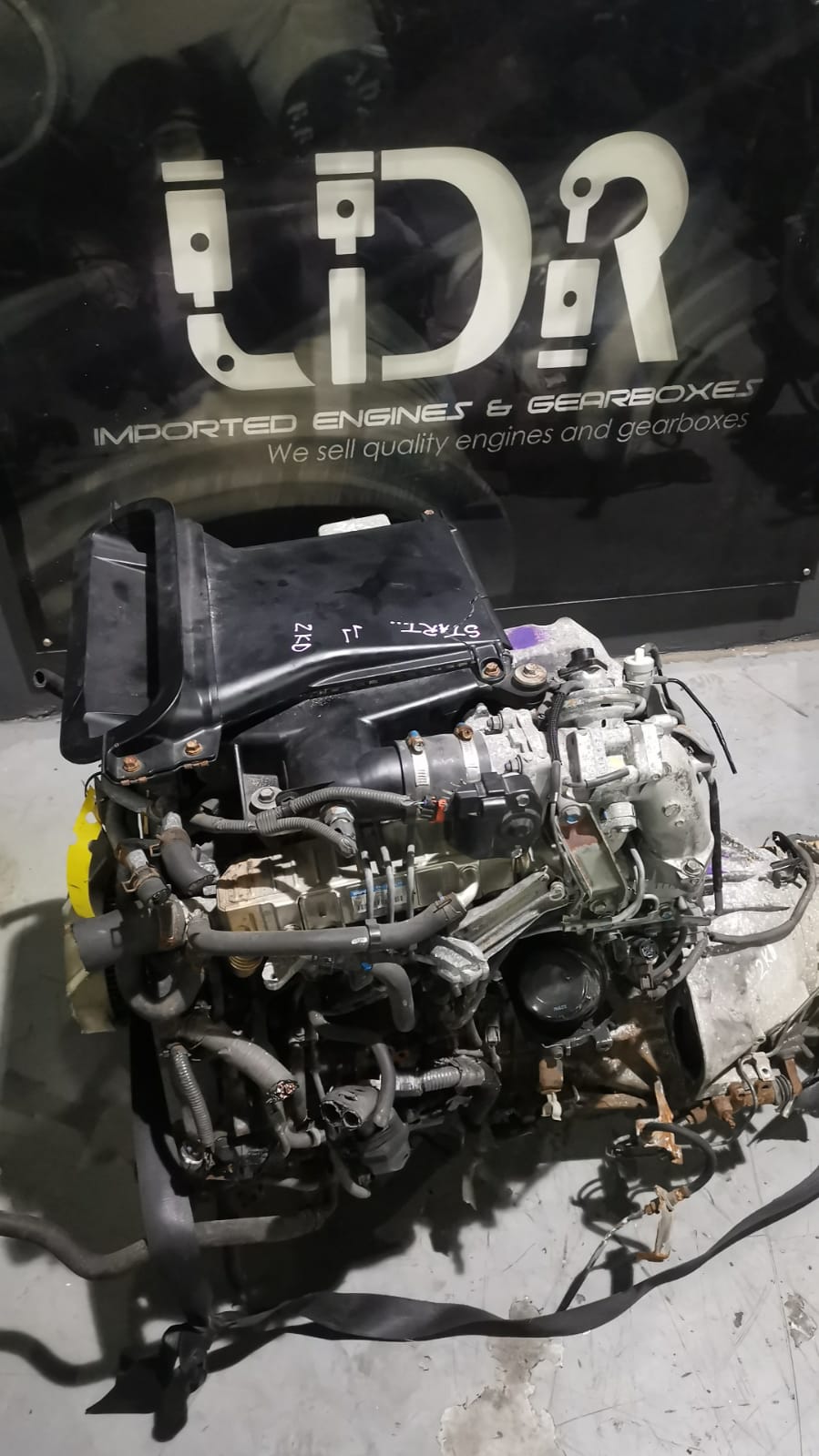Checking Out the Inner Functions of a Compact Automobile's Engine System
As chauffeurs, we commonly take for granted the complex processes that happen within the confines of our lorry's engine system. The portable yet complicated equipment that moves us onward is a wonder of design accuracy and sychronisation. From the regulated explosions in the burning chamber to the thorough timing of gas shot, every part plays an essential role in the smooth operation of the engine. In this exploration of a portable vehicle's engine system, we will certainly decipher the inner workings of this mechanical symphony, dropping light on the mysteries that drive us onward on our everyday trips.
Combustion Process Summary
The combustion procedure in a small lorry's engine system is an important mechanism that effectively converts fuel into energy to power the car. This process happens within the combustion chamber of the engine, where gas and air mix, fire up, and generate controlled explosions. The burning procedure is composed of four primary phases: consumption, compression, exhaust, and power.
Throughout the intake stage, the piston relocates downward, reeling in a mix of air and gas right into the burning chamber. The next phase, compression, entails the piston moving upward, pressing the air-fuel blend to increase its potency. Subsequently, in the power stage, the stimulate plug fires up the compressed mix, resulting in a quick growth of gases that forces the piston pull back. This down motion produces the power needed to drive the automobile. Ultimately, in the exhaust phase, the burned gases are expelled from the burning chamber via the exhaust shutoff, preparing the chamber for the following cycle. This cyclic burning procedure is basic to the operation of a portable lorry's engine system, ensuring effective power conversion for propulsion.
Piston and Cyndrical Tube Communication

The piston's accurate fit within the cylinder is vital for maintaining optimal compression and protecting against power loss during burning. Tight clearances between the piston and cylinder walls make certain efficient sealing, allowing the piston to move efficiently without enabling gases to leakage past. Appropriate lubrication is likewise important to minimize friction and use in between these components, boosting durability and efficiency.
Additionally, the design and materials utilized in producing the piston and cylinder effect engine efficiency and durability. Modern engines frequently employ lightweight yet durable products like light weight aluminum alloys for pistons and cylinder liners to lower inertia and improve thermal effectiveness. Generally, the unified communication between the piston and cylinder is basic to the engine's functionality and total performance.
Fuel Shot System Performance
Gas injection systems in small car engines play a vital role in precisely supplying fuel to the burning chamber for efficient and regulated ignition. The gas shot system works by infusing fuel into the combustion chamber at the optimal moment during the engine's operation (opel corsa engine). This accurate timing ensures that the fuel mixes uniformly with the air for proper burning, causing enhanced fuel performance and decreased emissions
There are mostly two sorts of fuel shot systems made use of in compact car engines: port gas shot (PFI) and direct fuel injection (DFI) PFI systems infuse fuel into the intake port prior to the consumption shutoff, while DFI systems infuse fuel directly right into the combustion discover this info here chamber. Both systems have their advantages, with DFI using better fuel atomization and PFI supplying a much more cost-efficient service.
Comprehending Engine Cooling Devices
Efficient procedure of a small car's engine relies greatly on the performance of its cooling devices. The cooling system in a small lorry usually consists of numerous components working together to control the engine temperature. Recognizing these engine air conditioning systems is important for maintaining the performance and durability of a portable automobile's engine system.

Exhaust System Parts Explained
The ideal functioning of a compact lorry's engine cooling mechanisms relies on a complementary system referred to as the exhaust system, which makes up different crucial parts for making certain efficient exhausts and engine performance. The exhaust system consists of parts such as the exhaust manifold, catalytic converter, muffler, and tailpipe. The exhaust manifold gathers exhaust gases from the engine's paths and cylinders them to the catalytic converter. The catalytic converter then transforms dangerous toxins in the exhaust into less these details unsafe discharges prior to launching them via the muffler and tailpipe.
One critical component of the exhaust system is the oxygen sensing unit, which keeps an eye on the oxygen levels in the exhaust gases to assist regulate fuel intake and guarantee ideal engine efficiency. opel corsa engine. Additionally, the resonator may exist in some exhaust systems to reduce sound levels. In general, the exhaust system plays a crucial duty in preserving engine effectiveness, this page reducing hazardous discharges, and making sure a quieter driving experience for compact automobile owners

Final Thought
In final thought, the compact vehicle's engine system is an intricate combination of components that collaborate to assist in the combustion process, convert gas right into energy, and expel waste gases. Understanding the internal operations of the engine system, including the piston and cyndrical tube communication, fuel shot system, engine cooling mechanisms, and exhaust system components, is important for maintaining optimum performance and efficiency of the car.
The burning process in a portable lorry's engine system is an important mechanism that successfully converts gas right into power to power the lorry.Gas injection systems in portable car engines play a critical role in exactly delivering gas to the burning chamber for regulated and reliable ignition.There are mostly two types of fuel injection systems utilized in small lorry engines: port fuel shot (PFI) and straight fuel injection (DFI) Comprehending these engine air conditioning systems is crucial for maintaining the efficiency and long life of a small vehicle's engine system.
The optimum performance of a compact vehicle's engine cooling devices depends on a complementary system recognized as the exhaust system, which makes up numerous important elements for making sure effective discharges and engine performance.